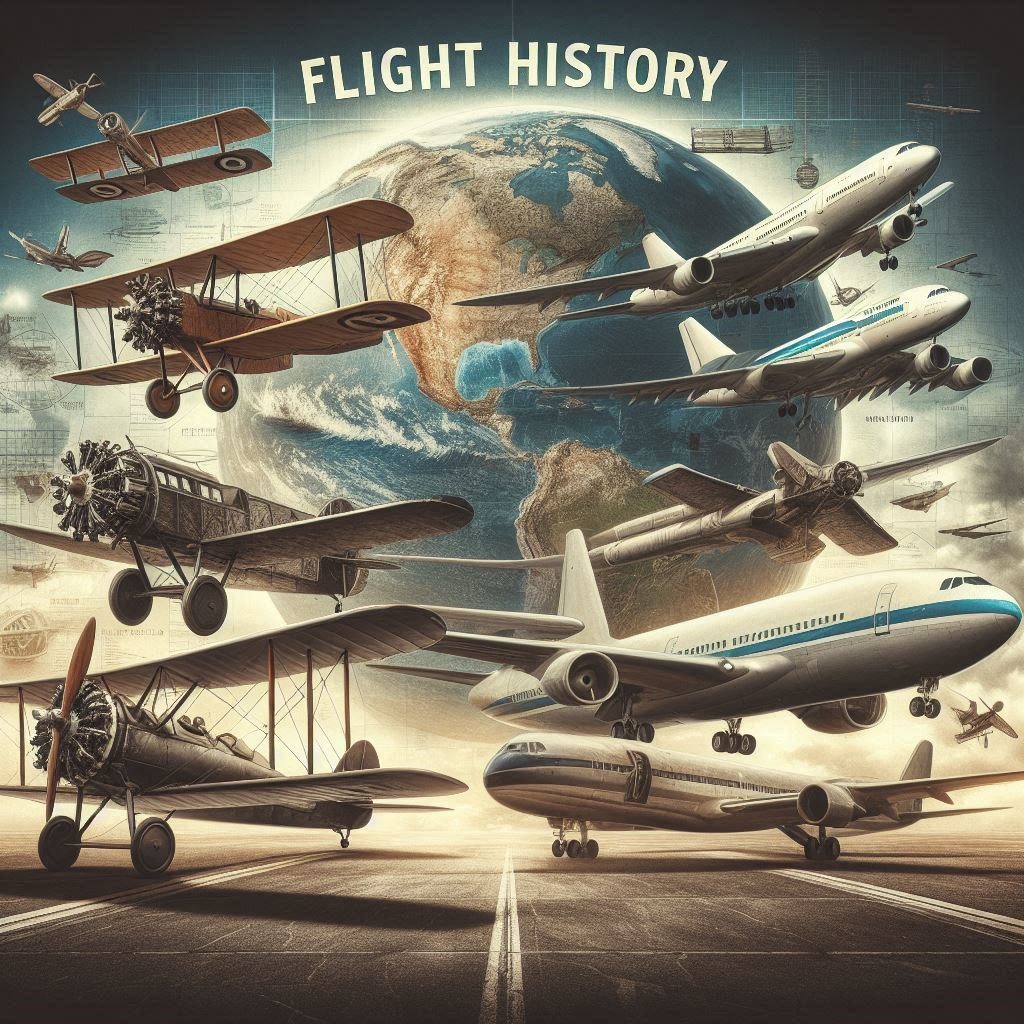Aviation Through the Decades Key Milestones in Flight History
Aviation Through the Decades Key Milestones in Flight History
Introduction
Aviation has come a long way since the Wright brothers’ first powered flight in 1903. Over the decades, technological advancements, groundbreaking innovations, and remarkable achievements have shaped the aviation industry. This article highlights key milestones in flight history, exploring how aviation evolved from simple propeller-driven planes to modern jets and space travel.
1900s-1910s: The Birth of Aviation
- 1903 – The Wright brothers achieve the first controlled, sustained flight with the Wright Flyer in Kitty Hawk, North Carolina.
- 1909 – Louis Blériot becomes the first person to fly across the English Channel.
- 1914 – The world’s first scheduled commercial airline flight takes place between St. Petersburg and Tampa, Florida.
- World War I (1914-1918) – Aircraft are used for reconnaissance and combat, leading to rapid advancements in aviation technology.
1920s-1930s: The Golden Age of Aviation
- 1927 – Charles Lindbergh completes the first solo nonstop transatlantic flight in the Spirit of St. Louis.
- 1929 – The first modern airline terminal opens in Pennsylvania, improving passenger experience.
- 1930 – The introduction of in-flight meal service revolutionizes passenger comfort.
- 1937 – The tragic Hindenburg disaster marks the decline of airships in commercial aviation.
1940s: Aviation in Wartime and Beyond
- World War II (1939-1945) – Aircraft design advances significantly, leading to faster, more powerful planes such as the P-51 Mustang and the B-29 Superfortress.
- 1947 – Chuck Yeager breaks the sound barrier in the Bell X-1, ushering in the supersonic age.
- 1949 – The first commercial jet airliner, the de Havilland Comet, makes its maiden flight.
1950s-1960s: The Jet Age Begins
- 1952 – The de Havilland Comet enters service, marking the start of commercial jet travel.
- 1958 – The Boeing 707 makes its first flight, becoming the first successful commercial jetliner.
- 1961 – Yuri Gagarin becomes the first human to orbit the Earth in Vostok 1.
- 1969 – The Concorde, the world’s first supersonic passenger jet, takes its first flight.
1970s-1980s: Wide-Body Jets and Space Exploration
- 1970 – Boeing introduces the 747, the first jumbo jet, transforming long-haul air travel.
- 1976 – Concorde enters commercial service, cutting transatlantic flight times in half.
- 1981 – NASA launches the first reusable spacecraft, the Space Shuttle Columbia.
- 1988 – The Boeing 747-400 revolutionizes fuel efficiency and range for international flights.
1990s-2000s: Modernization and Global Connectivity
- 1995 – Boeing’s 777, the world’s first aircraft designed entirely by computer, enters service.
- 2001 – Aviation security changes drastically after the September 11 attacks.
- 2005 – Airbus introduces the A380, the world’s largest passenger airliner.
- 2009 – The first biofuel-powered test flight takes place, pushing sustainability efforts in aviation.
2010s-Present: Innovation and Sustainability
- 2016 – Solar Impulse 2 completes the first solar-powered flight around the world.
- 2020 – The COVID-19 pandemic disrupts global aviation, leading to significant changes in airline operations.
- 2021 – The first fully autonomous electric passenger aircraft is tested, signaling a future of urban air mobility.
- 2023 and beyond – Companies invest in supersonic and sustainable aviation technologies, aiming for greener, faster flights.
Conclusion
From humble beginnings to technological marvels, aviation has continuously evolved to connect the world in new and exciting ways. As we look to the future, advancements in supersonic travel, sustainable aviation, and urban air mobility promise even greater possibilities. The sky is no longer the limit—it’s just the beginning.




